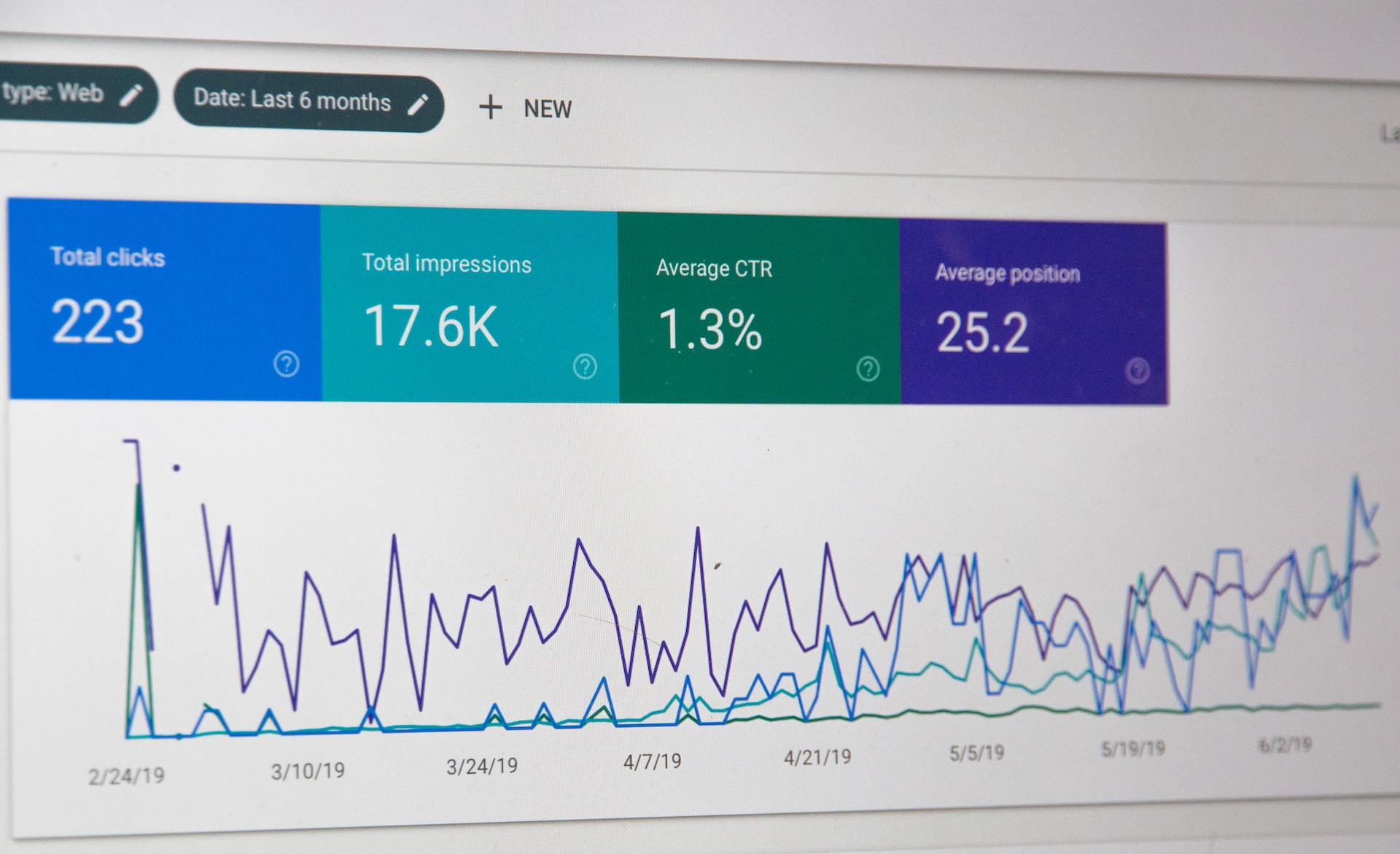How to Create Product Virality
In order to create a product with a viral coefficient, it's essential to understand the core elements that make a product go viral.
Let's dive deeper into these components and explore how to leverage them to increase your product virality.
1. Strong Value Proposition
A strong value proposition is the foundation for product virality. It's crucial to offer something that
meets the needs or desires of your target audience while differentiating your product from competitors. Here are some tips for developing a compelling value proposition:
Understand Your Audience

Focus on Benefits, Not Features
Emphasize the benefits your product provides, rather than simply listing its features. This will help potential users understand the value your product can bring to their lives.
Differentiate from Competitors
Identify your competitors' weaknesses and emphasize your product's unique strengths. This will help you stand out in a crowded market.
2. Shareability
Shareability is a key factor for product virality. A product that is easily shareable will spread more quickly through word of mouth and social media. Here are some tips for enhancing your product's shareability:
Create Shareable Content
Make Sharing Easy
Provide users with simple sharing options, such as social media buttons, email sharing links, or referral codes.
Encourage User-Generated Content
3. Incentives
Incentives can play a significant role in driving viral growth. By offering rewards or benefits for sharing your product, you can encourage users to spread the word to their networks. Here are some tips for creating effective incentives:
Align Incentives with Your Product
Choose incentives that are relevant to your product and target audience. This will ensure they resonate with users and motivate them to share.
Offer Tiered Rewards
Provide users with increasing rewards as they share your product with more people. This can create a sense of achievement and encourage continued sharing.
Leverage Scarcity
Create a sense of urgency by offering limited-time or limited-quantity rewards. This can drive users to act quickly and share your product with their networks.

4. Emotional Connection
Establishing an emotional connection with your audience is crucial for viral growth. Products that evoke strong emotions, whether positive or negative, are more likely to be shared and discussed. Here are some tips for creating an emotional connection with your users:
Tell a Compelling Story
Evoke Emotions through Design
Use visuals, colors, and typography to create an emotional response in users. This can help your product stand out and leave a lasting impression.
Engage with Your Audience
Build a relationship with your users by engaging with them on social media, through email, or in person. This will help create a sense of community and loyalty around your product.
5. Leveraging Network Effects
Network effects occur when a product becomes more valuable as more people use it.
Products with strong network effects are more likely to achieve product virality, as users have a greater incentive to share the product and encourage others to join.
Here are some tips for leveraging network effects:
Build in Social Features
Design your product with social elements that encourage interaction among users. This can include chat features, collaborative tools, or the ability to share content within the product itself.
Create a Sense of Exclusivity
Offer early access, premium features, or other perks to a select group of users. This can create a sense of exclusivity and encourage others to join in order to access these benefits.
Leverage Existing Networks
Partner with influencers, communities, or platforms that already have a large user base. This can help you tap into their network and accelerate your product's growth.
6. Continuous Improvement
A viral product is never truly finished. To maintain and increase product virality, it's important to continually iterate and improve based on user feedback and data. Here are some tips for continuous improvement:
Gather User Feedback
Actively solicit feedback from your users through surveys, interviews, or in-app prompts. This will help you identify areas for improvement and ensure your product remains relevant and valuable to your audience.

Analyze Data
Track user behavior and engagement data to identify trends, patterns, and areas for optimization. This will help you make data-driven decisions and improve your product's performance over time.
Stay Agile
Be prepared to pivot or make changes to your product as needed. Staying flexible and open to change will help you respond to user needs and market trends more effectively.
Final Words
By understanding and implementing these key components, you can increase you product virality rate and set the stage for exponential growth.
Remember that achieving virality is not a one-time event but rather an ongoing process that requires continuous effort and improvement.
Unlock the secretes of the product virality playbook by using Maven's
online resources and achieve increasing success.







